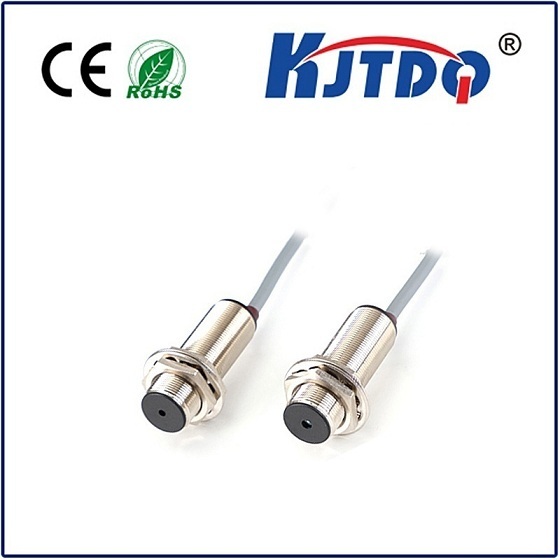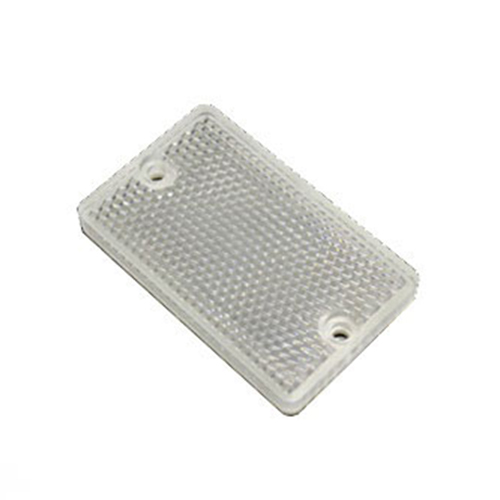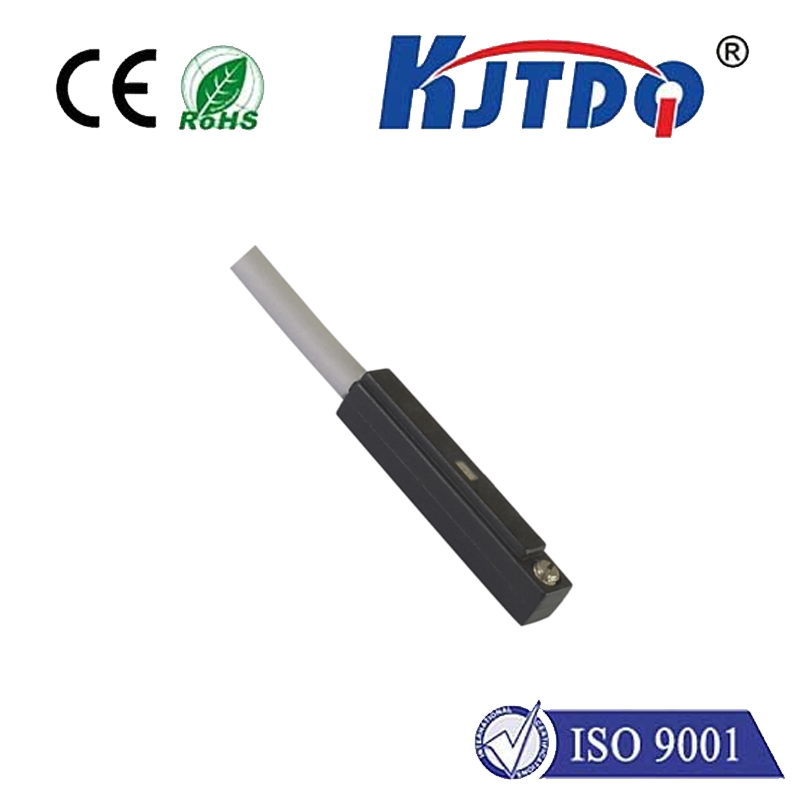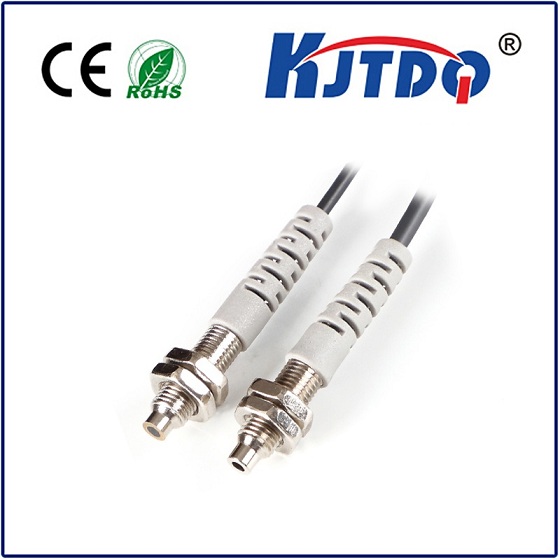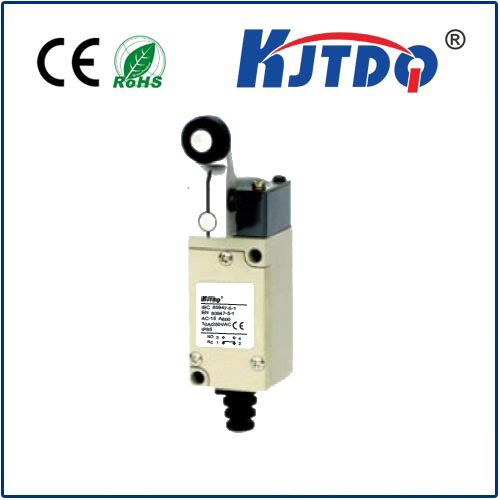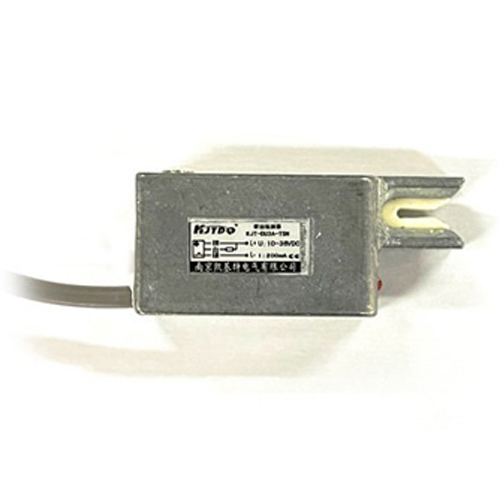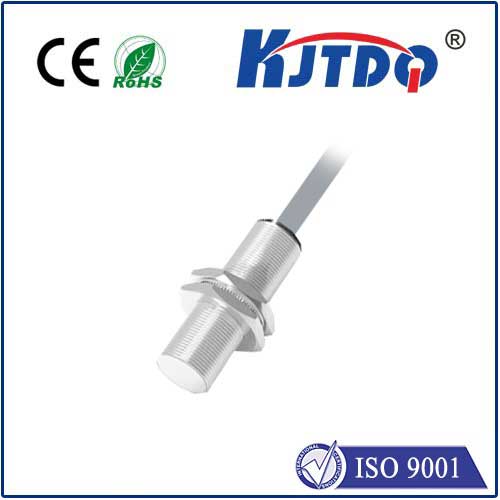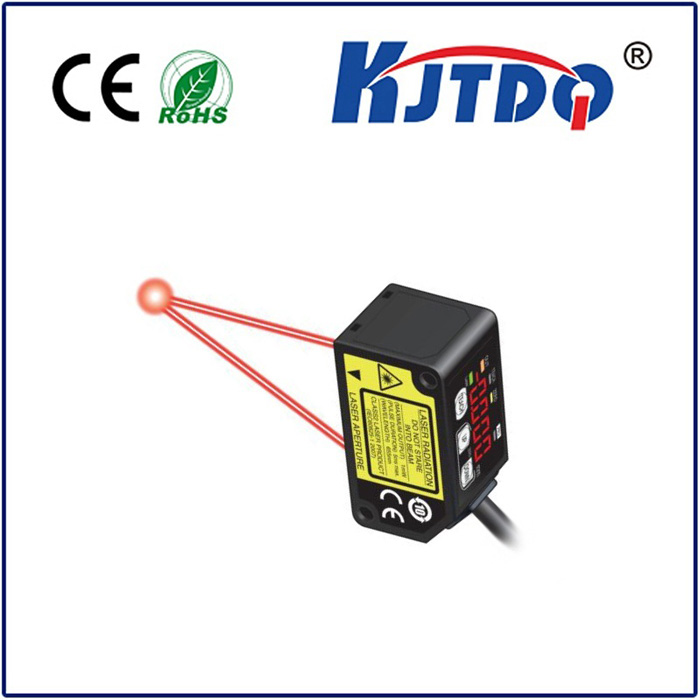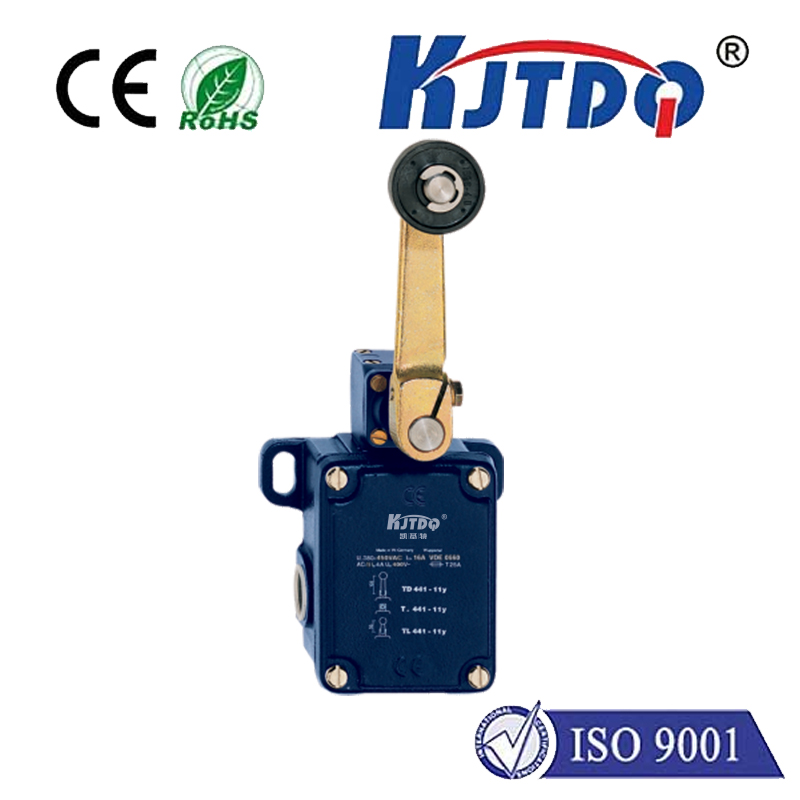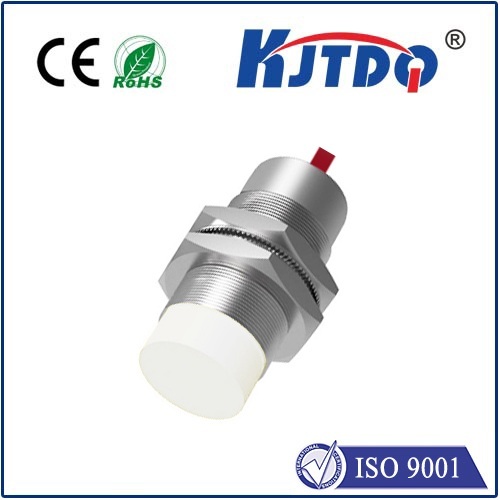photoelectric system
- time:2025-07-25 03:54:49
- Нажмите:0
Harnessing Light: The Science and Applications of Photoelectric Systems
Light. It illuminates our world, carries information, and holds immense energy potential. Photoelectric systems, fundamentally built upon the principle of converting light energy into electrical energy, are the technological bridge harnessing this potential. From powering satellites to triggering your garage door, these systems underpin countless modern technologies, silently shaping our interaction with the environment. Understanding how they work reveals a fascinating interplay of physics and engineering with profound real-world impact.
The Core Principle: Einstein’s Revolutionary Insight
At the heart of every photoelectric system lies the photoelectric effect, a phenomenon whose explanation earned Albert Einstein his Nobel Prize. Contrary to classical wave theory predictions, Einstein proposed that light behaves as discrete packets of energy called photons. When a photon with sufficient energy (determined by its frequency, not intensity) strikes a suitable material (typically a semiconductor like silicon), it can liberate an electron from the material’s atoms. This liberation of electrons by light is the essence of the photoelectric effect. The freed electrons generate an electric current or create a measurable voltage difference – the fundamental conversion of light (photons) into electricity (electrons).

Key Components of a Photoelectric System
A functional photoelectric system typically involves several integrated components:
- Light Source/Ambient Light: This provides the photons. It can be ambient (sunlight, room lighting) or a dedicated source like an LED or laser, especially in sensing applications.
- Photosensitive Element (Detector): This is the material where the photoelectric effect occurs. Common types include:
- Photodiodes: Convert light directly into current. Fast response, common in sensors and communication.
- Phototransistors: Function like a photodiode but with internal gain, amplifying the output signal. Useful for detecting low light levels.
- Photoresistors (LDRs): Change their electrical resistance based on light intensity. Simple and cost-effective for basic light-sensing tasks.
- Photovoltaic (PV) Cells: Specially designed semiconductor diodes that directly generate a voltage and current when illuminated – the core of solar panels.
- Signal Conditioning Circuitry: The raw electrical signal from the detector (current, voltage change, resistance change) is often weak or noisy. This circuitry amplifies, filters, and shapes the signal into a usable form.
- Output/Control System: The conditioned signal is used for a specific purpose. This could be:
- Driving an actuator (e.g., opening a door).
- Feeding data to a microcontroller or computer for processing.
- Charging a battery (in solar power systems).
- Displaying a reading (e.g., light meter).
Where Photoelectric Systems Shine: Diverse Applications
The elegance and versatility of the photoelectric principle translate into a vast array of practical uses:
- Solar Power Generation: This is the most prominent large-scale application. Photovoltaic (PV) systems, composed of interconnected solar panels, directly convert sunlight into usable DC electricity. This is then often converted to AC via an inverter for home or grid use. Solar power systems are crucial for renewable energy generation, reducing reliance on fossil fuels. Key factors here include conversion efficiency and maximizing energy harvesting under varying sunlight conditions.
- Industrial Automation & Safety: Photoelectric sensors are ubiquitous on factory floors. They use emitted light beams (visible, infrared, laser) to detect the presence, absence, position, or distance of objects without physical contact. This enables precise control in assembly lines, packaging, and robotic guidance. Safety light curtains use arrays of photoelectric beams to create invisible barriers, instantly stopping machinery if a person breaches the zone, preventing accidents.
- Lighting Control & Energy Efficiency: Photoelectric cells are the “brains” behind automatic lighting. They sense ambient light levels (e.g., dusk or dawn) and automatically switch streetlights, security lights, or indoor lighting on and off, significantly enhancing energy efficiency. Simple photoresistors are often used in these cost-sensitive applications.
- Consumer Electronics: Your smartphone’s ambient light sensor, which automatically adjusts screen brightness, relies on a photodiode or phototransistor. Optical encoders in computer mice use photoelectric systems to track movement. Some remote controls use modulated light beams for communication.
- Scientific Instrumentation: Photodetectors are critical components in spectrophotometers (measuring light absorbance), particle counters, light meters for photography, and astronomical telescopes, enabling precise measurement of light intensity, wavelength, and particle presence.
- Security Systems: Photoelectric beams form the basis of many perimeter security systems – breaking the beam triggers an alarm. They are also used in motion detectors paired with infrared sensing.
The Power of Choice: Selecting the Right Photoelectric Component
Designing an effective photoelectric system hinges on selecting the appropriate photosensitive component based on the application’s specific needs:
- Required Sensitivity: How much light is available? Phototransistors offer higher gain than photodiodes for low-light scenarios.
- Response Speed: How fast does the light signal change? Photodiodes generally have the fastest response times, crucial for high-speed communication (fiber optics).
- Spectral Response: What wavelengths of light need to be detected? Components are tuned to be sensitive to specific ranges (e.g., visible, infrared, UV).
- Output Type: Is a simple on/off signal sufficient (common with sensors), or is a linear, proportional signal needed (light measurement)?
- Environmental Conditions: Considerations like temperature range, humidity, and potential contamination affect component choice and housing design.
Looking Ahead: Trends and Innovations
Photoelectric technology continues to advance rapidly. Research focuses heavily on increasing the conversion efficiency and reducing the manufacturing cost of solar panels, exploring novel materials like perovskites. In sensing, there’s a push towards miniaturization, enhanced precision for distance measurement (e.g., LiDAR), and integration with artificial intelligence for smarter interpretation of light signals. The development of flexible and transparent photoelectric devices also opens doors for innovative applications in wearable technology and building-integrated photovoltaics.
Заключение
From the fundamental photoelectric effect unlocking the quantum nature of light to the complex solar power plants feeding the grid and the simple sensor activating your porch light, photoelectric systems are deeply embedded in the fabric of modern technology. Their ability to convert light – a ubiquitous and often clean resource – into information or electrical power makes them indispensable tools for automation, energy generation, scientific discovery, and everyday convenience. As material science and electronics evolve, the capabilities and reach of photoelectric technology will only continue to expand, further harnessing the power of photons to shape our future.

